Industrial motherboards play a crucial role in powering a digital factory by providing the foundation for the hardware infrastructure and enabling the seamless operation of various systems and components. Here's how industrial motherboards contribute to powering a digital factory:
System Integration: Industrial motherboards serve as the central hub for integrating various components and subsystems within a digital factory. They provide the necessary interfaces, expansion slots, and connectors to connect and power other hardware devices such as processors, memory modules, storage devices, network cards, and peripheral devices. This integration capability ensures smooth communication and coordination between different systems, enabling the efficient operation of the factory.
Processing Power: Industrial motherboards are equipped with high-performance processors, typically from brands like Intel or AMD. These processors provide the necessary computing power to handle complex tasks, run resource-intensive software applications, and process large volumes of data in real time. With their processing capabilities, industrial motherboards enable critical functions such as machine control, data analysis, production planning, and optimization within the digital factory.
Memory and Storage: Industrial motherboards support various types of memory modules, such as DDR RAM, that provide the necessary temporary storage for data and instructions during processing. Additionally, they offer multiple storage interfaces (e.g., SATA, NVMe) to connect storage devices like solid-state drives (SSDs) or hard disk drives (HDDs). The memory and storage capabilities of industrial motherboards ensure quick access to data, efficient multitasking, and sufficient capacity for storing critical factory-related information.
Expansion and Connectivity: Industrial motherboards provide multiple expansion slots, such as PCI Express, Mini-PCIe, or M.2, which allow for the integration of additional cards and modules. These slots enable connectivity with specialized hardware devices, such as graphics cards, communication modules, fieldbus interfaces (e.g., Profibus, Modbus), or industrial I/O cards. By accommodating these expansion options, industrial motherboards facilitate the integration of diverse components and systems within the digital factory, enhancing its capabilities and functionality.
Reliability and Durability: Industrial motherboards are designed to withstand the demanding conditions of industrial environments. They are built with robust materials and components, ensuring resistance to factors like vibrations, temperature fluctuations, dust, and moisture. The reliability and durability of industrial motherboards are essential for continuous and uninterrupted operation within a digital factory, minimizing downtime and maximizing productivity.
Longevity and Lifecycle Support: Digital factories often require long-term stability and compatibility of their hardware components. Industrial motherboards from reputable manufacturers offer extended lifecycle support, ensuring their availability for a more extended period. This long-term support allows digital factories to maintain consistency in their hardware infrastructure, simplify maintenance and upgrades, and minimize the risks associated with component obsolescence.
In summary, industrial motherboards power a digital factory by providing the necessary integration, processing power, memory, storage, expansion options, and durability required for seamless operation. They serve as the backbone of the hardware infrastructure, facilitating the integration and coordination of various systems and components within the factory environment.
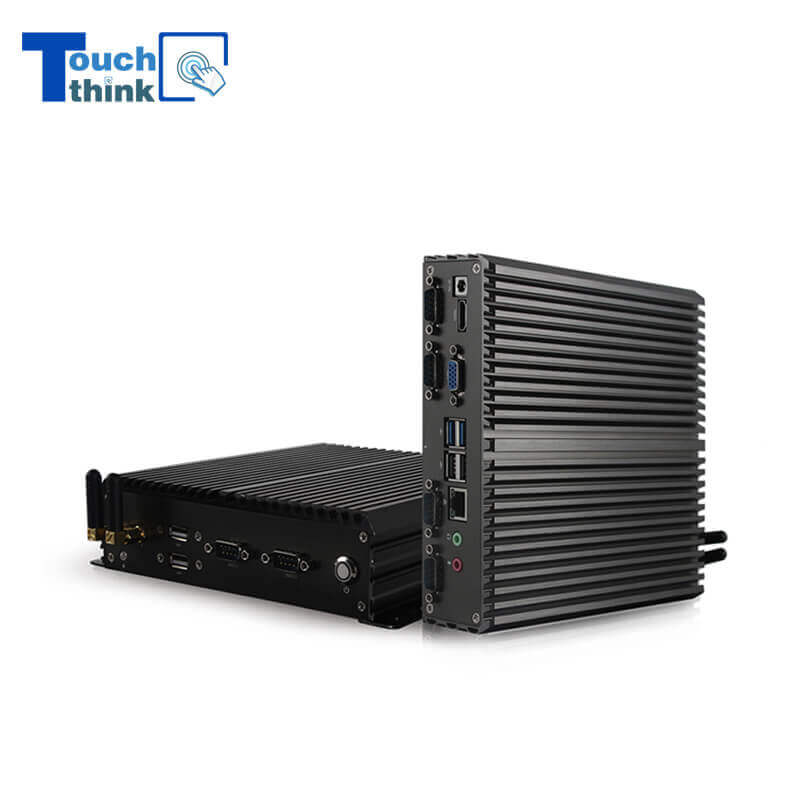
Industrial Mini PC Fanless i3 i5 i7 Industrial Box PC VIEW MORE
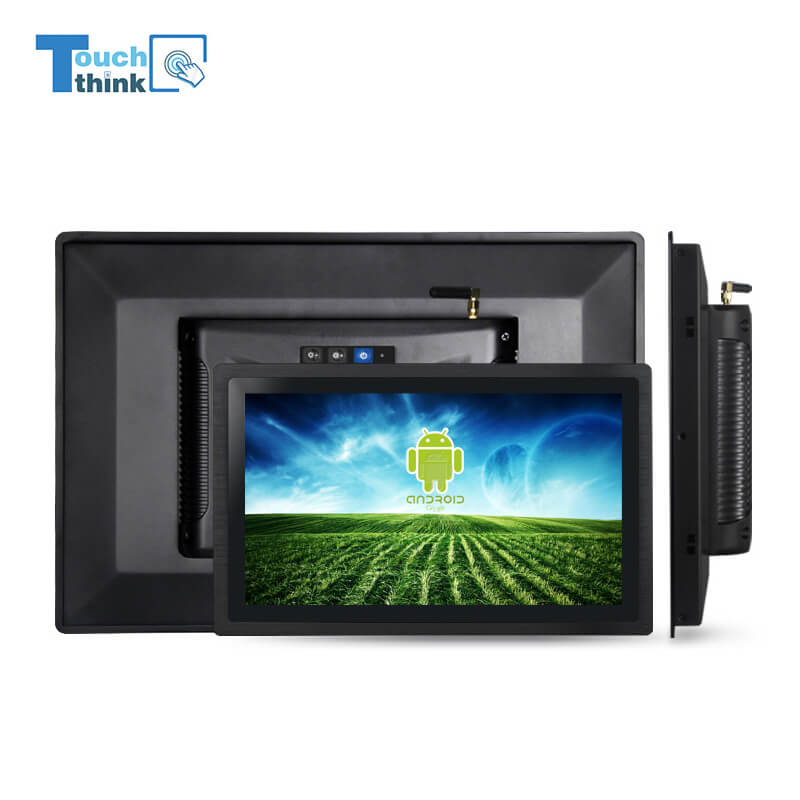
Android 13.0 Industrial Panel PC 21.5 Inch with 4G LTE WiFi Octa-Core For Meeting Room Smart Education VIEW MORE
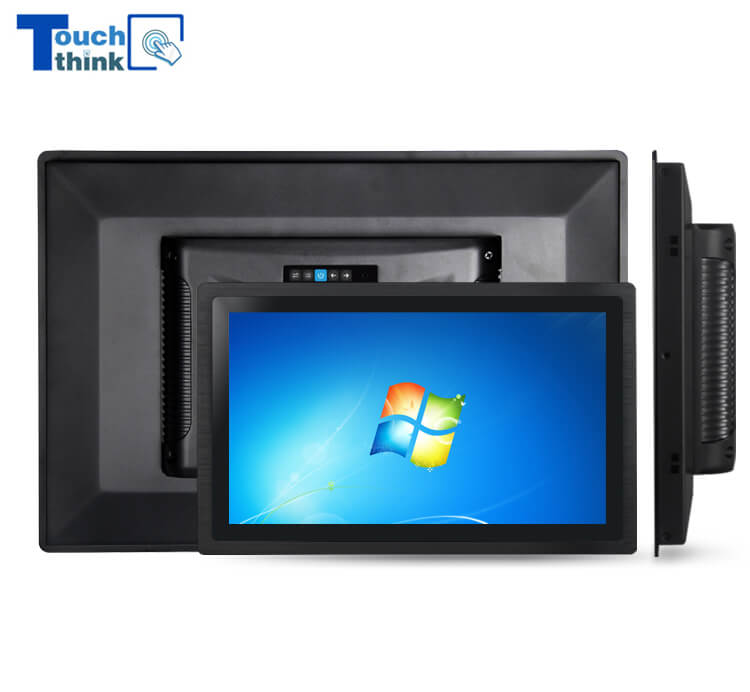
Sunlight Readable Industrial Monitor with Optional Display Size 10.1 inch VIEW MORE
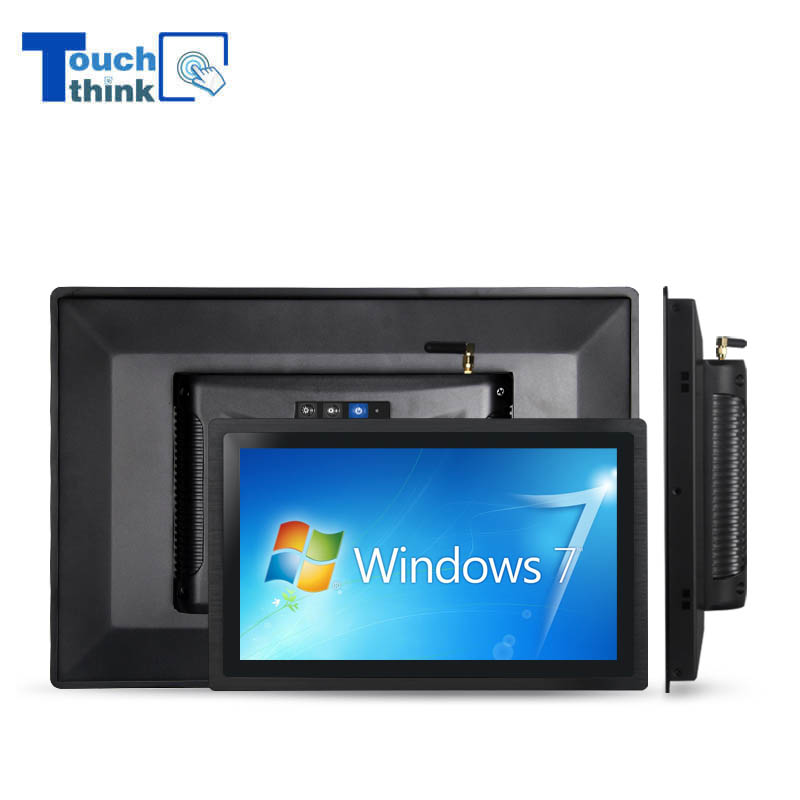
11.6 inch Windows Industrial All in One Panel PC With Touch Screen VIEW MORE
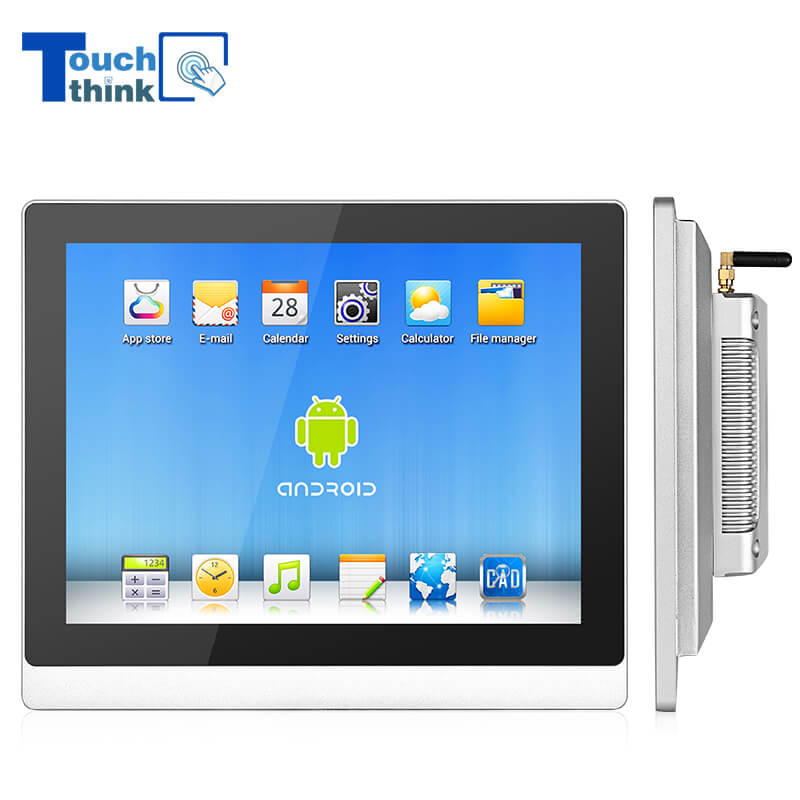
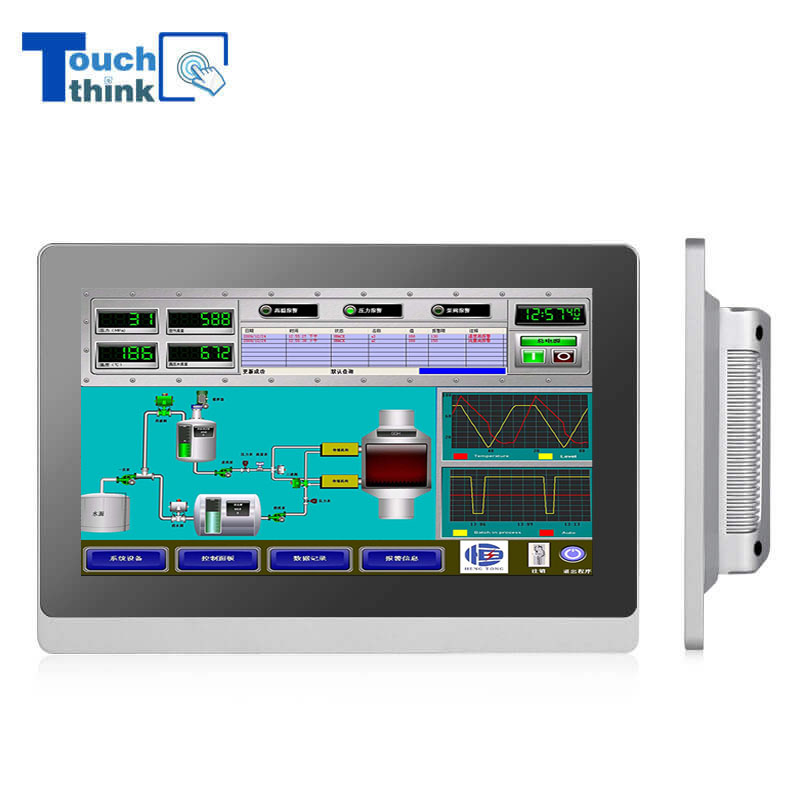
True Flat Capacitive Touch Screen Industrial LCD Monitor IP65 21.5 inch VIEW MORE
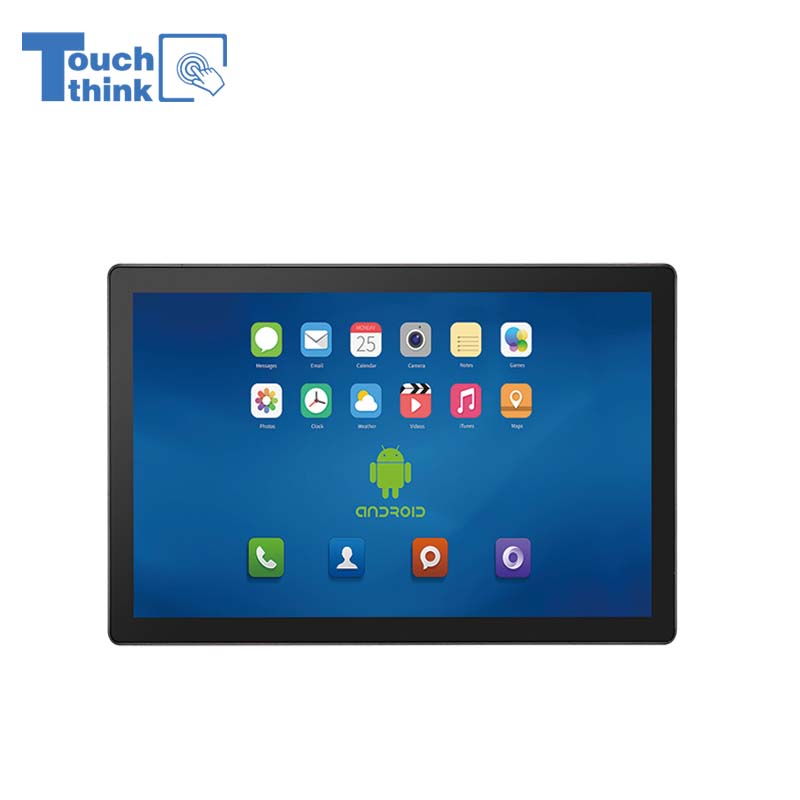
All Weather Android Tablet PC for Public Service Terminals 15.6" VIEW MORE
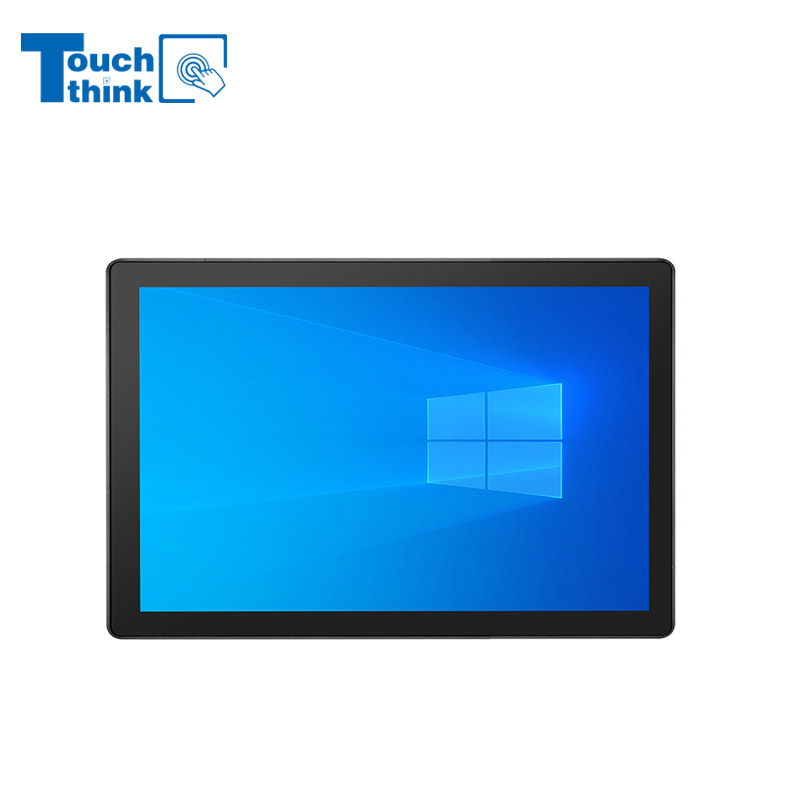
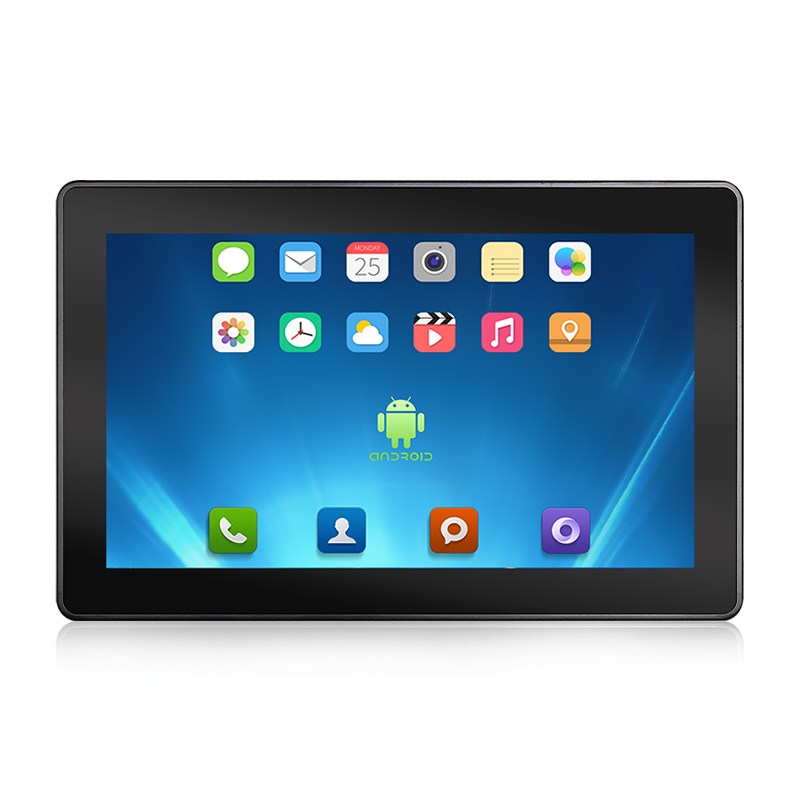
Industrial Android Tablet PC PoE Dual LAN Ethernet Android 12.0 / 7.1 / 9.0 / 10.0 VIEW MORE
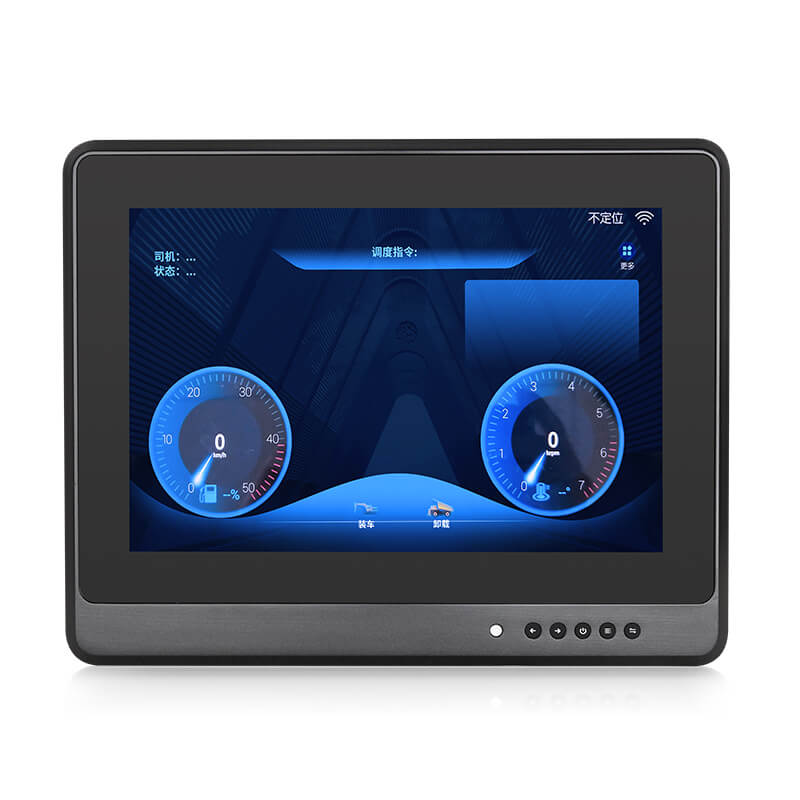
10.1" Vehicle Mount LCD Monitors Vehicle Touch Displays Car Crane Monitor VIEW MORE
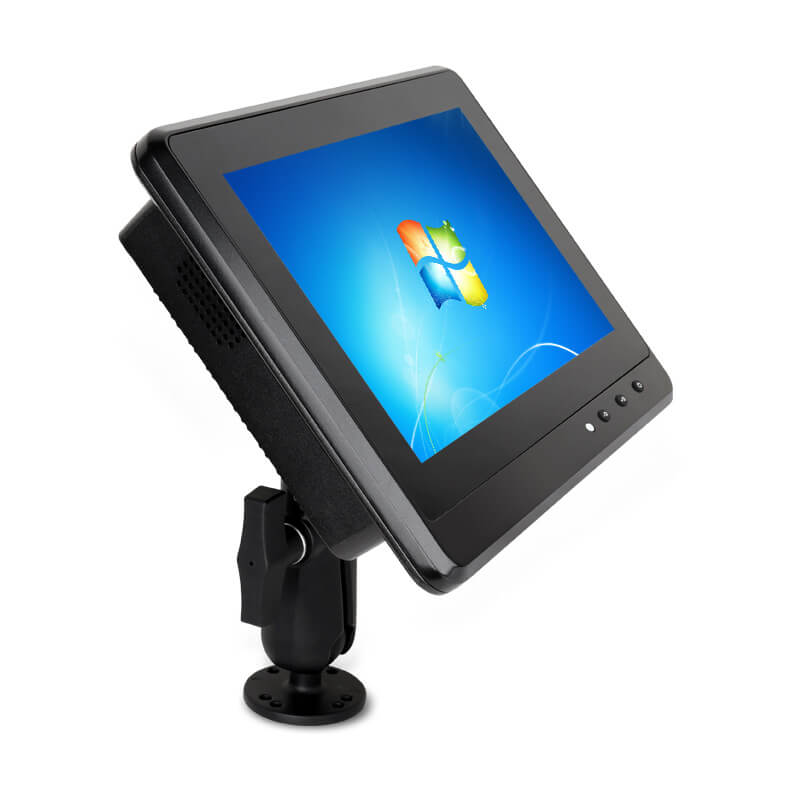
Transportation Panel PC Windows Vehicle Mounted Touch Computers VIEW MORE
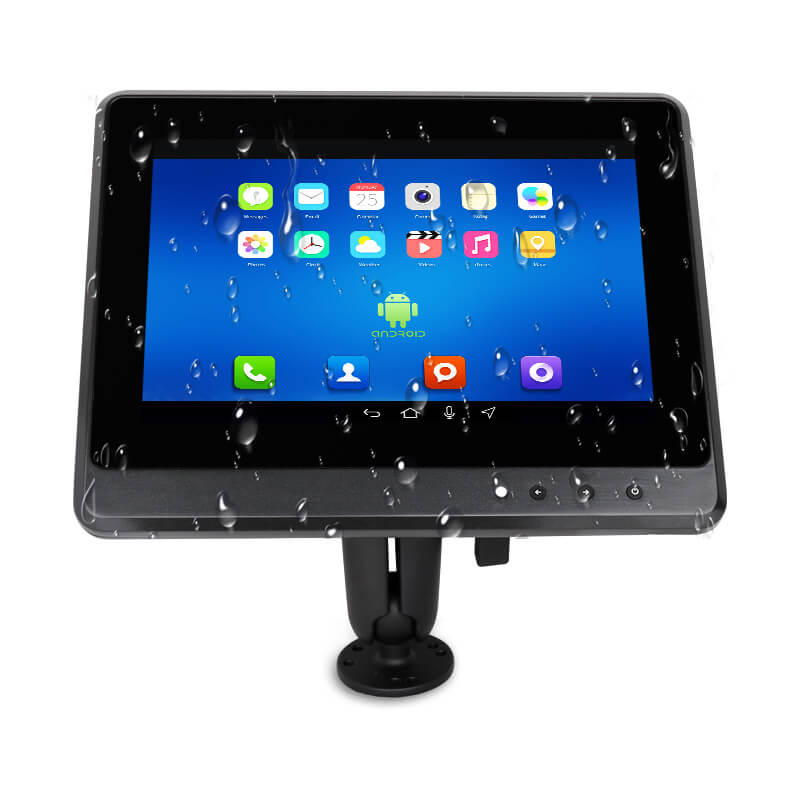
Android In-Vehicle Industrial Panel PC Vehicle AGV Computer VIEW MORE
Skype: live:touchtec
Copyright © Shenzhen Touch Think Intelligence Co.,Ltd. All Rights Reserved Update cookies preferences